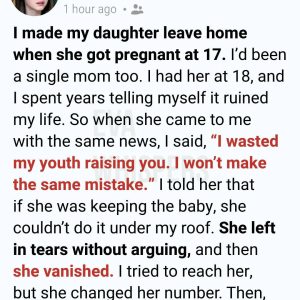Recognizing the signs early is key. Look for dark stains on walls or ceilings, a persistent musty odor, or worsening respiratory issues like allergies or asthma. Excess humidity, especially in basements or bathrooms, creates the perfect environment for mold to thrive. Furniture, wood, and fabric that stay damp may also harbor spores.
Visible mold—fuzzy or slimy patches in black, green, or white—should not be ignored. Bubbling or peeling paint and green or black spots on moist surfaces are also red flags. Health symptoms like itchy eyes, sinus congestion, unexplained rashes, or frequent headaches can indicate mold exposure, especially if symptoms ease outside the home.
Musty odors on clothes, books, or stored items suggest airborne spores, while water leaks or heavy, stale indoor air often signal hidden mold.
If you notice any of these signs, act fast. Contact a mold remediation expert, boost ventilation, and use a dehumidifier to control moisture. Early action protects both your home and your health.





